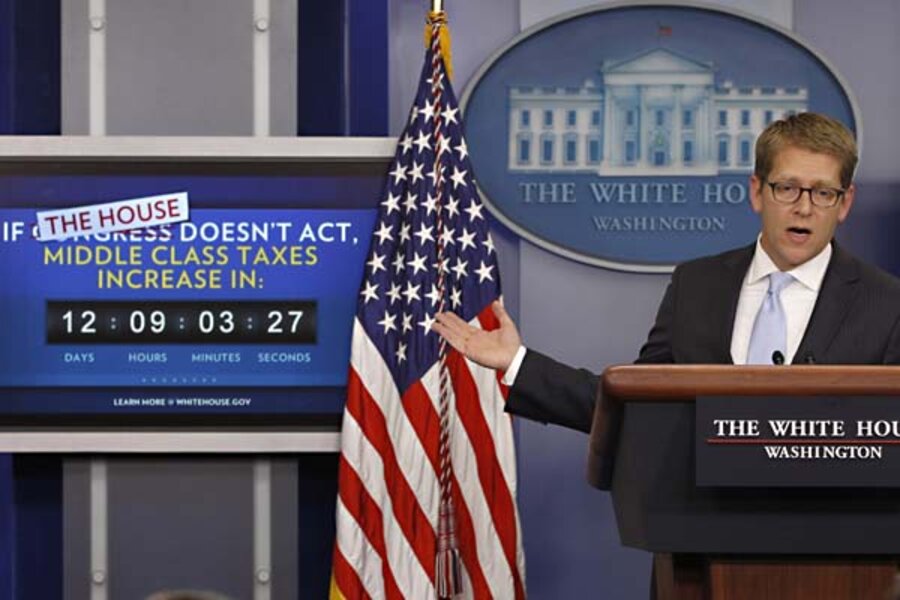New payroll tax cut: Hard on the rich
Loading...
The fate of The Temporary Payroll Tax Cut Continuation Act of 2011 remains uncertain. But thanks to a carefully crafted technical change to the current payroll tax cut, the Senate version prevents a handful of very high wage earners from potentially enjoying a huge windfall from the two-month tax break.
The legislation would cut the payroll tax that funds Social Security from 6.2 percent of earnings to 4.2 percent, the same as this year. Over a year, the tax applies up to an earnings cap—$110,100—so the maximum tax savings would be $2,202. But the temporary extension would set a cap one-sixth that size, reflecting its two-month duration and reducing the maximum tax savings to $367.
Under the Senate bill, workers with annual earnings under the full year cap would get the same increase in their paychecks during January and February as they would in those two months if the cut lasted through 2012. But people who earn more will see their take-home pay go up exactly the maximum $367 during the two-month period. Without this provision, a CEO drawing a $6 million salary would get the full $2,202 tax savings in his first 2012 paycheck. The temporary Senate bill would give her only one-sixth as much. Call it the 16-Percent Solution.
The drafters of H.R. 3630 recognized that simply extending the 2011 tax cut with a two-month life could give much larger tax cuts to high earners, measured as a percentage of income. Very high earners can exceed the $110,100 tax cap in their first paycheck or two and thus could get the full annual tax savings in the two-month window before the temporary extension would expire. By limiting the tax cut to the first $18,350 of earnings, the Senate bill prevents that possibility. The limitation will have no effect over the full year if Congress eventually extends the tax cut through December but protects against the tax cut’s being highly regressive if it actually expires on March 1.
The hit on high earners is not much more than a curiosity—it affects only a tiny fraction of workers and those affected are the most likely to bank the tax savings rather than boost their spending and hence stimulate the economy. And if Congress does extend the cut for the full year, they’ll eventually get the full $2,202 savings.
But the tax cap in the bill does show the great concern for detail on the part of the congressional experts who drafted the tax legislation, even when Congress is in a rush to finish business and head off for the holidays.





